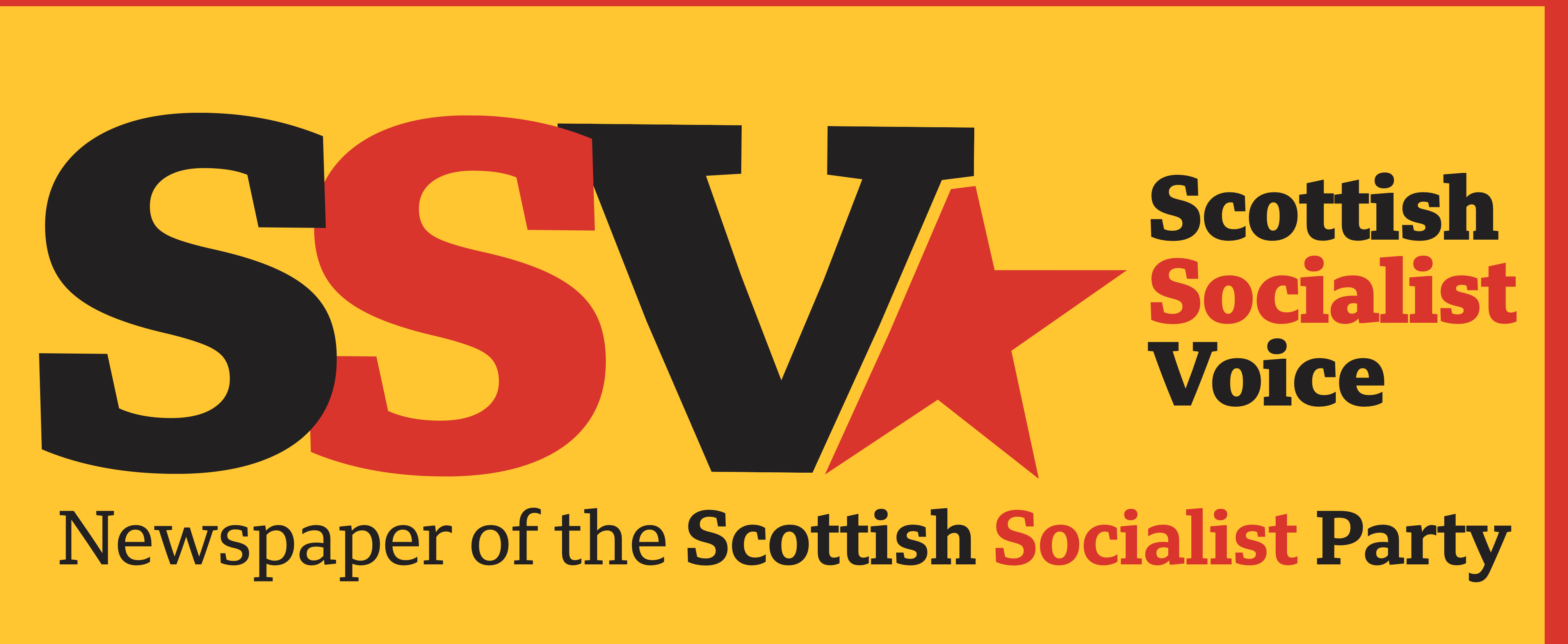Will Westminster’s indy nightmare return after May?

Labour: refuses to admit that a deal with the SNP will ever be necessary, while refusing to rule it out altogether. (Image: Tory Party campaign poster)
Starting with Ted Heath’s infamous Declaration of Perth in 1968, both the Tories and Labour have tried to pass off power devolved (i.e. allowed) from Westminster as the real deal on Home Rule and the settled will of the Scottish people.
A series of commissions from the one initially led by Lord Crowther in 1969 through to Lord Smith’s that reported last year have all sought to suffocate demands for genuine Scottish autonomy.
These Commissions spawned various white papers, Scotland Acts, a failed (1979) and a successful (1999) devolution referendum.
Along the way, this devolution bandwagon gave rise to a cross party Constitutional Convention and various grassroots campaigns from Scotland United to Common Cause and Democracy for Scotland. From a unionist perspective, the purpose all of this activity was, in the infamous words of George Robertson, “to kill nationalism stone dead”.
Today’s majority SNP Government in Holyrood and last year’s independence referendum stand as witness to the continuing failure of this unionist strategy. Moreover, despite the No Campaign’s “decisive” victory in that referendum, Scottish public opinion has stubbornly refused to accept that it is all over now for the cause of independence.
The latest polls on voting intentions show the SNP set to win as many as 50 of Scotland’s 59 Westminster seats in two months’ time.
The inevitable panic in unionist ranks has been highly entertaining. The Tory leadership, now exiting a five-year long coalition deal with its former Lib Dem enemy, demands that Labour rule out any similar post-election deal with their common enemy the SNP.
The Labour leadership refuses to admit that such a deal will ever be necessary, while refusing to rule it out altogether. Meanwhile, Labour and Tory activists on the ground prepare for tactical voting in favour of the best placed unionist candidate in every constituency contested by pro-independence candidates.
Buoyed by the polls and by a spectacular rise in membership that has left it with more members than the British Army has soldiers, the SNP now promise to hold the balance of power in Westminster and to use that power to broker a coalition deal with a minority Parliamentary Labour Party that will deliver a progressive and anti-austerity programme for government.
Such a programme will in turn protect the people of Scotland from the pro-austerity policies of the other traditional Westminster parties. Such a post-election scenario could, of course, attract support from those former Labour voters in Scotland who, according to the polls, are deserting Labour in droves. However, it is fraught with problems.
What form would such a Labour-SNP coalition take? Would there be a formal coalition with the SNP being allocated a variety of Cabinet seats including the post of Deputy Prime Minister? Would those voters who switched from the “Red Tories” to the SNP accept their new party putting the same “Red Tories” back into office and then working with them to deliver what will be a mainly “Red Tory” programme?
There is, of course, the less formal “confidence and supply” arrangement where the SNP agree to support a minority Labour Government on any no confidence motion and on its budget in return for concessions The SNP parliamentary group would then be free to take its own position issue by issue on the rest of the Government’s programme.
The problem with this arrangement would be that Labour budgets may be “austerity-lite” but they are still based on austerity. Could SNP members realistically vote for a budget in 2015-16 that included up to £25billion of cuts in public spending? Could they support Labour in a “no confidence motion” when that Labour Government was going ahead with Trident renewal?
It is difficult to imagine either of these scenarios being acceptable to voters across Scotland who had switched to the SNP because they were opposed to austerity and because they were opposes to weapons of mass destruction.
Moreover, if the polls are right, and we have a hung parliament and an SNP parliamentary group of up to 50 members, there will be enormous pressure on those mainly inexperienced and largely unknown politicians to quickly adopt a line that could tie them down for the lifetime of the next Parliament.
Will such a group meekly and loyally follow whatever leadership line is dictated to them? Or, fired up by the political watershed of the referendum campaign, will they give voice to the views of the voters who elected them rather than rubbers stamp whatever they are told by Nicola Sturgeon or Alex Salmond?
Since we do not yet know who they are, we cannot yet answer that question. But if the polls are right, the next parliament could yet turn out to be fascinating and potentially the beginning of the end for Westminster’s ancient regime.

Leave a comment